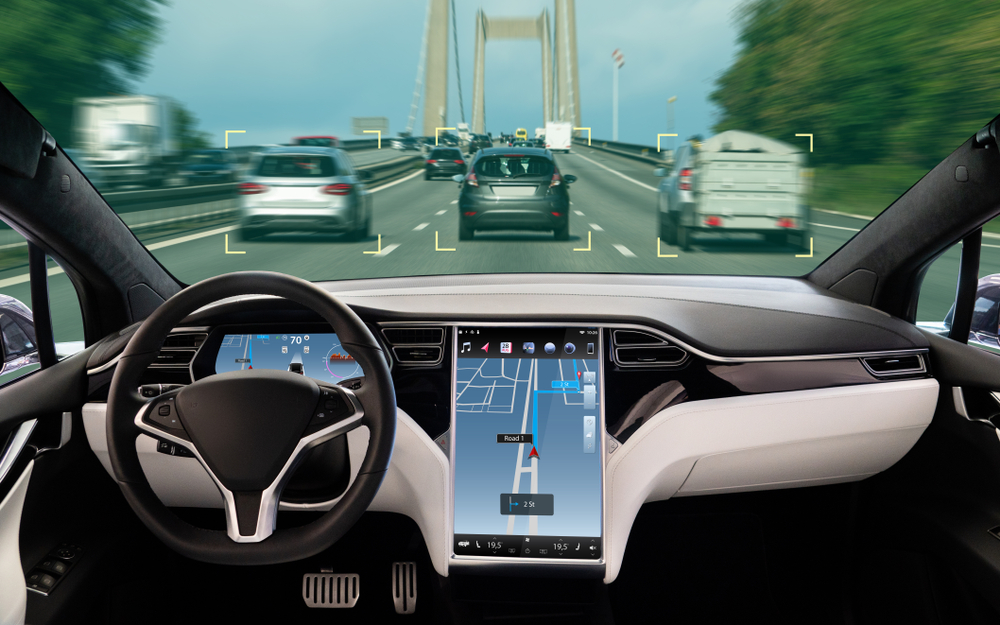The Chinese market isn’t quite as untapped as U.S. companies thought.
After riding high on their big China sales numbers for years, both Apple and Tesla have had a downturn in the country. Like any financial data, there are many complicated factors in play, but the upshot is hard to miss: Chinese consumers are getting less interested in two of the biggest U.S. tech brands.
Apple’s China revenue dropped for the first time this quarter, falling more than 10% from just under $24 billion in 2022 to just under $21 billion in 2023. By itself, $3 billion isn’t much of a dent in the company’s bottom line, but seeing the number go down for the first time — especially in China, which has been a huge source of growth for Apple — was enough to spook investors. In the weeks that followed, the company’s share price has plummeted.
Tesla is facing many of the same problems. A report from the China Passenger Car Association revealed that Tesla’s February sales were down 19% from the previous year. There are lots of reasons you can give for Tesla’s sales drop, even beyond Elon’s personal tailspin. There’s a global oversupply in the EV market right now, which is hitting Detroit automakers even worse than Tesla. China is also in the midst of a recession, which makes it a particularly difficult place to sell high-end cars.
But I want to suggest a simpler explanation: Apple and Tesla have been caught off guard by Chinese companies. Take Huawei, for instance. Placed on the U.S. entity list in 2019, Huawei has been unable to use U.S. components or software like Google’s stock flavor of Android. No YouTube, no Gmail, and no Google Play store makes Huawei handsets a non-starter in the U.S and Europe. But that’s not a problem in China, where Google services are banned and chip imports are heavily restricted. And so, Huawei has grown into a serious flagship smartphone brand, eating up market share from Apple, Oppo, and Vivo over the past year. Apple has long owned the high end of the smartphone market — but in China, Huawei has become the hip brand for young people, and the shift is starting to show up in sales figures.
Tesla is facing a similar problem with Chinese brands like Nio, Li Auto, and BYD. (Nio, in particular, has developed a cult following that’s remarkably similar to Tesla’s rabid U.S. fan base.) Musk has talked a lot about his respect for Chinese brands, but Tesla hasn’t done anything to actually compete with them. It’s been four years since the release of the wildly successful Model Y, and Tesla has spent those years focused mostly on its fitful self-driving tech or the debacle of the Cybertruck. Over the same period, an entire EV industry has sprung up in China, focused on delivering cheaper variations on the Model Y. Is it any wonder Tesla is having a hard time keeping up?
It’s a difficult problem for U.S. companies to spot because, assessing the situation from Cupertino and Austin, you would never actually see someone using a Huawei Mate 60 or a Nio ES6. Even if they spot it, it’s hard to anticipate what Chinese consumers want better than the companies that are actually based in China. It’s a bitter pill for U.S. companies that have staked their growth on expansion — and a problem that extends far beyond just Apple and Tesla.






